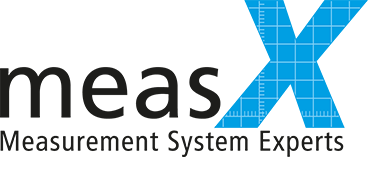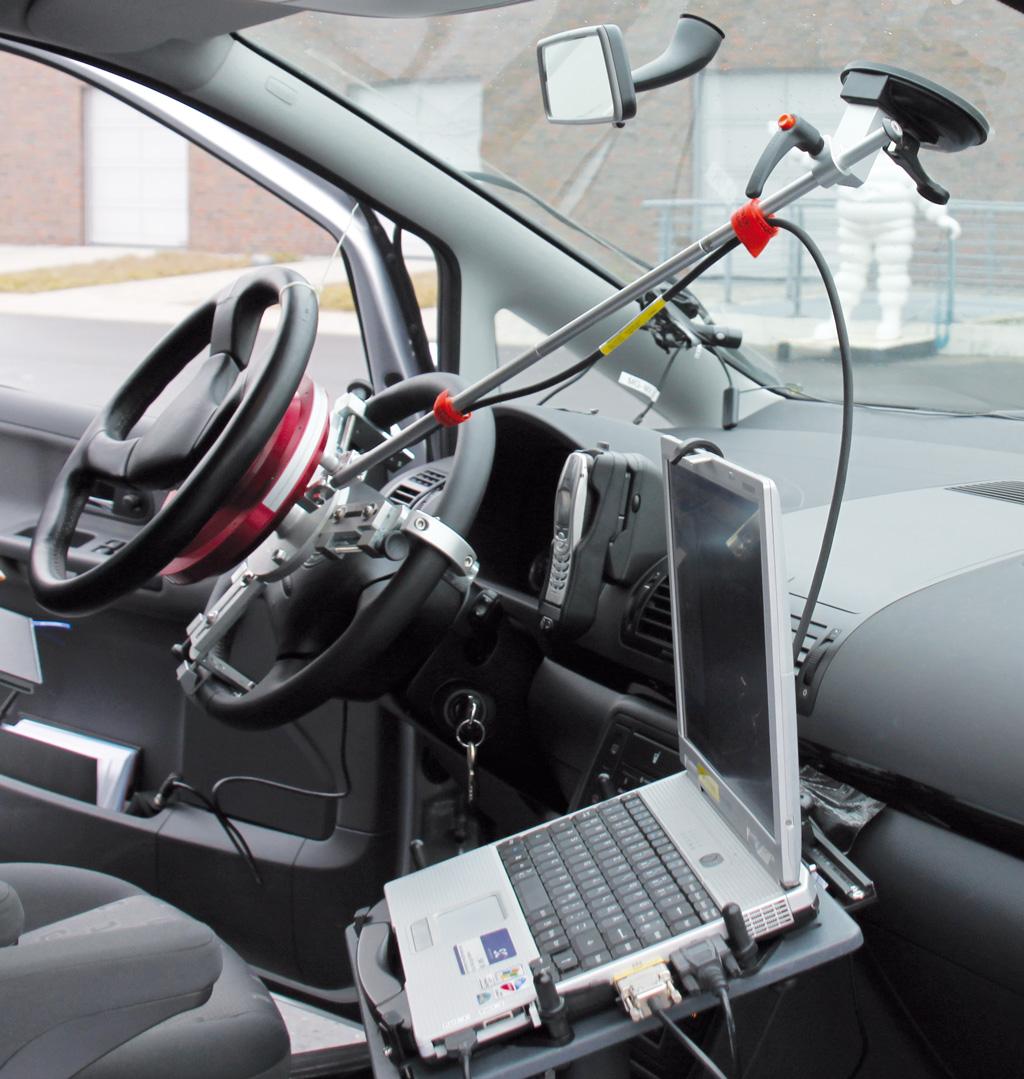MOSES – the key to efficient vehicle dynamics measurements
Vehicle dynamics tests are a fixed part of modern vehicle development. The in-vehicle data acquisition software MOSES optimally supports you in planning, executing and evaluating your tests.
MOSES was developed in cooperation with one of the world’s leading vehicle manufacturers and is oriented around the workflow of testing engineers and test drivers down to the smallest detail.
The software controls the entire test process – from integration of the sensors to test planning and all the way to quality control and verification of measurement validity. All steps are coordinated with each other, and as much as possible takes place automatically.
One particular highlight of MOSES is the consistently maneuver-oriented design with an extensive collection of predefined maneuvers and interfaces for the data acquisition.
Your benefits:
- Efficiency: You obtain informative vehicle dynamics values in less time.
- Comparability: You profit from an extensive collection of predefined maneuvers.
- Ready to use: As standard software, MOSES is ready for immediate use.
- Easy to use: Operation and navigation are as simple as could be.
- Flexibility: You can easily adapt and expand the system .
- Safety: Test drivers are optimally supported with visible and audible signals.
These are the highlights:
Maneuver-oriented from A to Z
The MOSES software controls the entire process – from integration of the sensors to test planning and all the way to quality control and verification of measurement validity. The maneuver-oriented design with a large selection of included standard maneuvers (ISO, DIN, NHTSA, ...) massively simplifies and accelerates the testing of vehicle dynamics.
Predefined vehicle dynamics maneuver
By default, MOSES supports a wide range of standardized driving maneuvers (ISO, DIN, NHTSA, ...). Once these are selected, the preconfigured settings for numerous parameters (scanning rate, channel selection, trigger conditions, measurement time, etc.) are loaded automatically.
These standard settings can be modified as necessary, and custom parameterizations can be configured. You therefore retain maximum flexibility.
For all measurement sensors
MOSES offers a broad spectrum of predefined interfaces for diverse measurement sensors. The time required for configuration of the data acquisition equipment, such as the allocation of analog measurement points and CAN signals as well as scaling, is significantly reduced.
In particular, optical correlation speed sensors and inertial measurement systems are supported.
Predefined interface configurations for Correvit sensors, inertial strap-down platforms, GPS systems and measurement amplifiers simplify configuration of the hardware.
Integrated Python interface
The MOSES software offers a Python interface with which custom offline calculations can be performed and combined with the supplied evaluations. For example, this allows various results to be easily set off against each other.
Driver assistant display
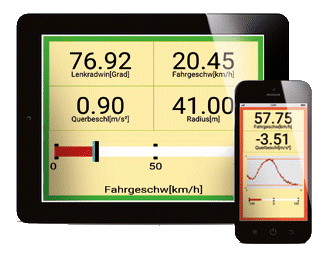
During the test drive, MOSES displays the key measurement data in an easy-to-read way. Audible and/or visible signals indicate deviations from the target values. With the Driver Assistant Display, these characteristic values can be displayed on mobile devices within the driver’s field of vision.
This helps improves safety during testing.
MOSES-Motion: Synchronously recording video data
With the optional expansion module MOSES-Motion, video data can be recorded with one or more cameras and in synchronization with the measurement data. You can interactively define freely scalable windows for measurement values, curve diagrams or video windows that can be used as templates for other measurements.
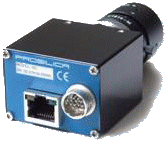
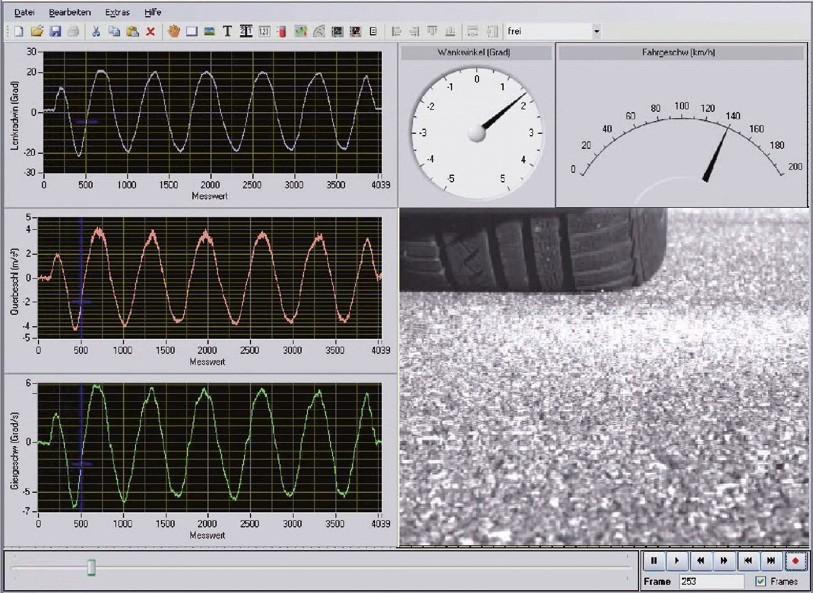
MOSES Rating Tool
The MOSES Rating Tool allows you to create and save separate configuration files (*.mbcfg) for each manoeuvre for an evaluation. For this the MOSES RatingTool can be installed independently of MOSES on any PC, the MOSES software is not necessary. For a meaningful configuration of MOSES a comprehensive understanding of the respective driving maneuvers and the used measuring technique is necessary, so that this should be accomplished by experts.
MOSES in use:
Brochures:


